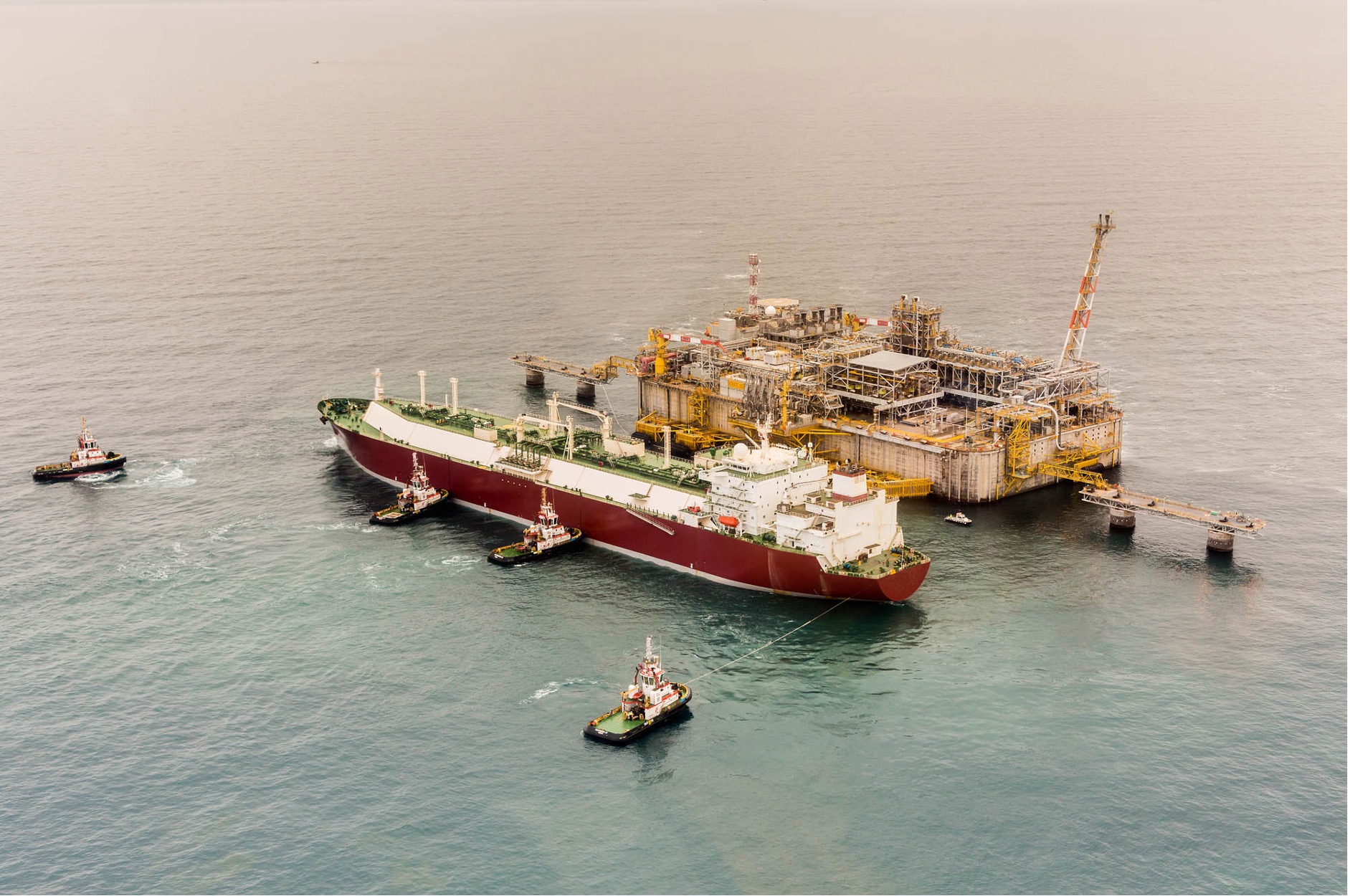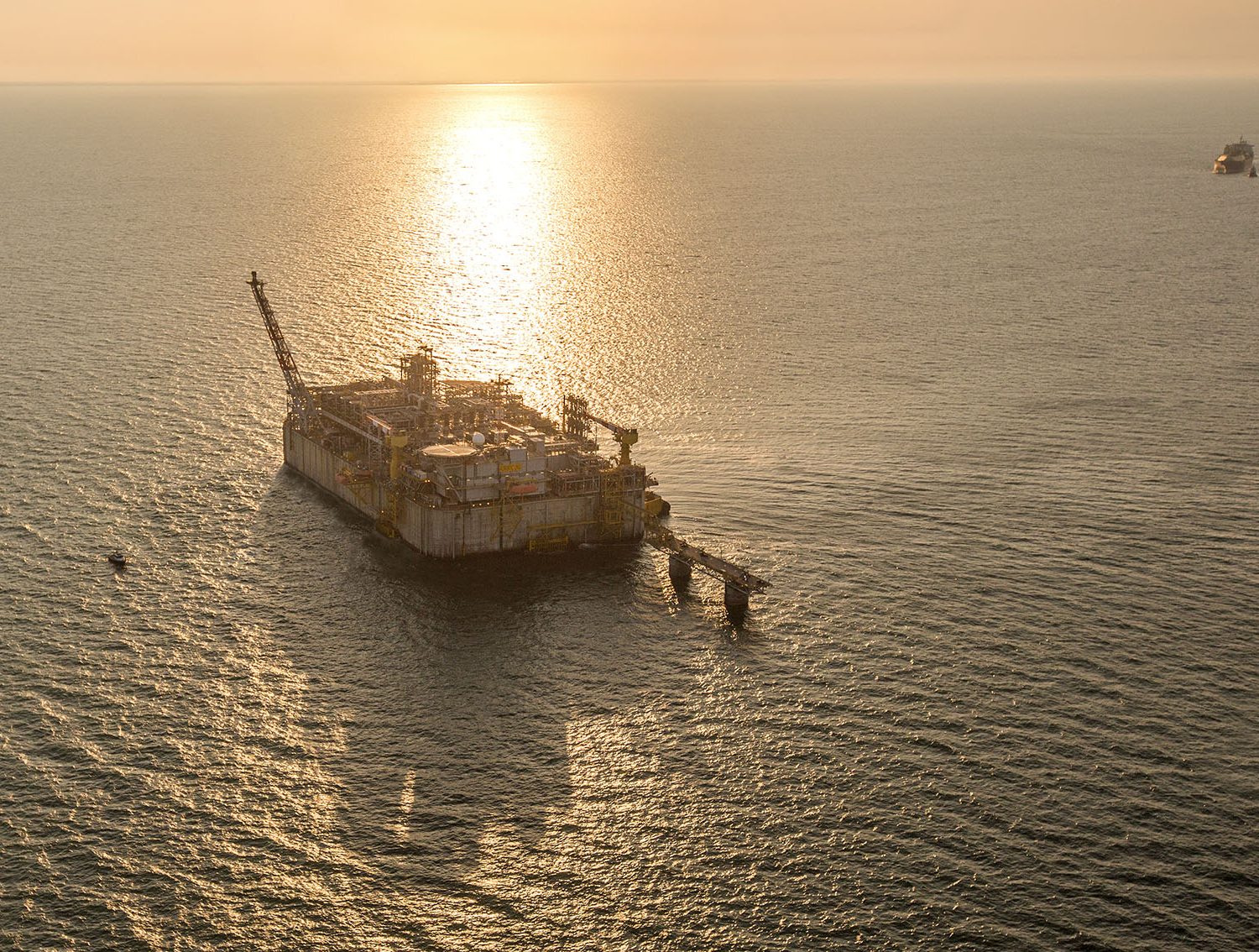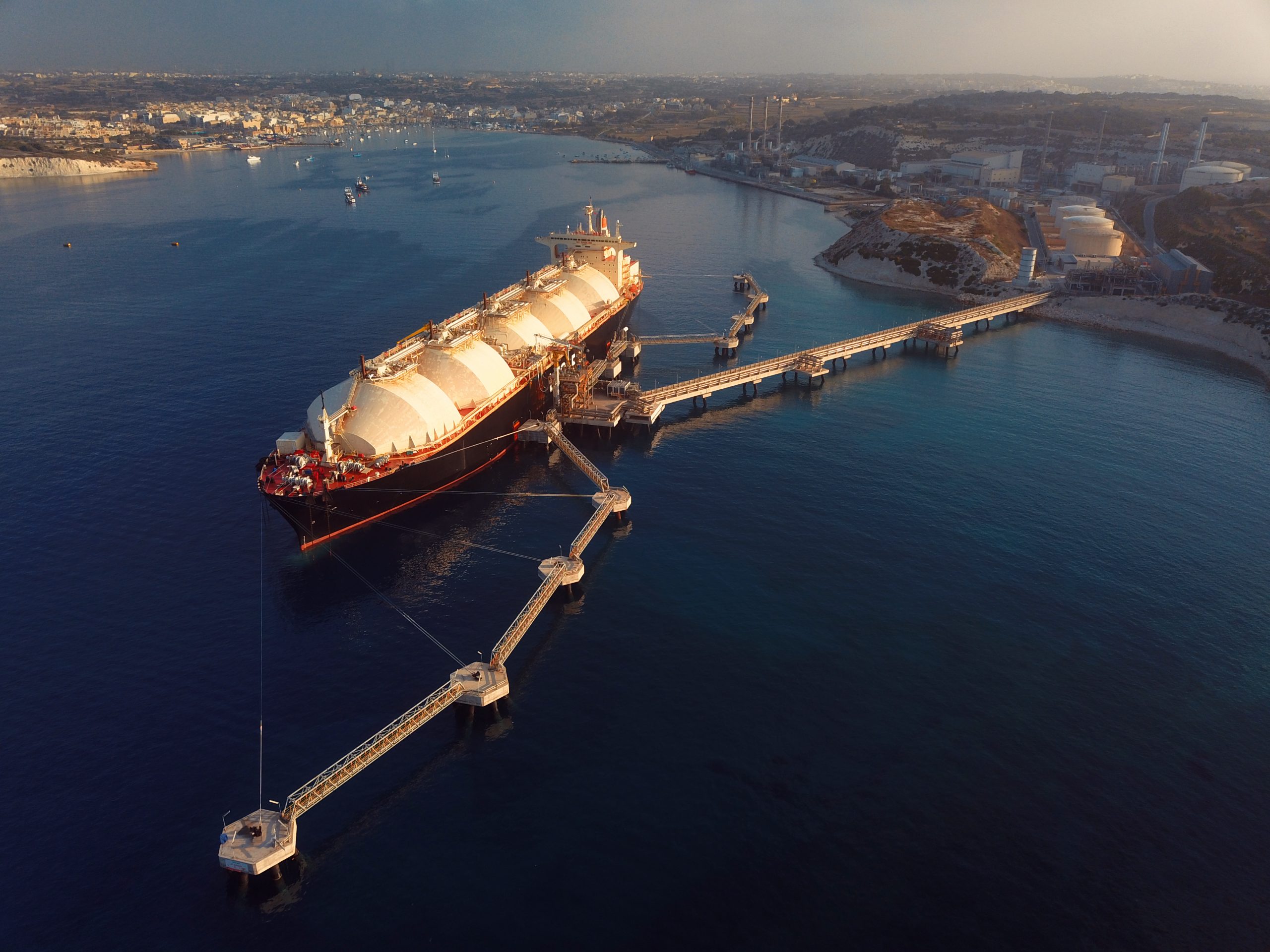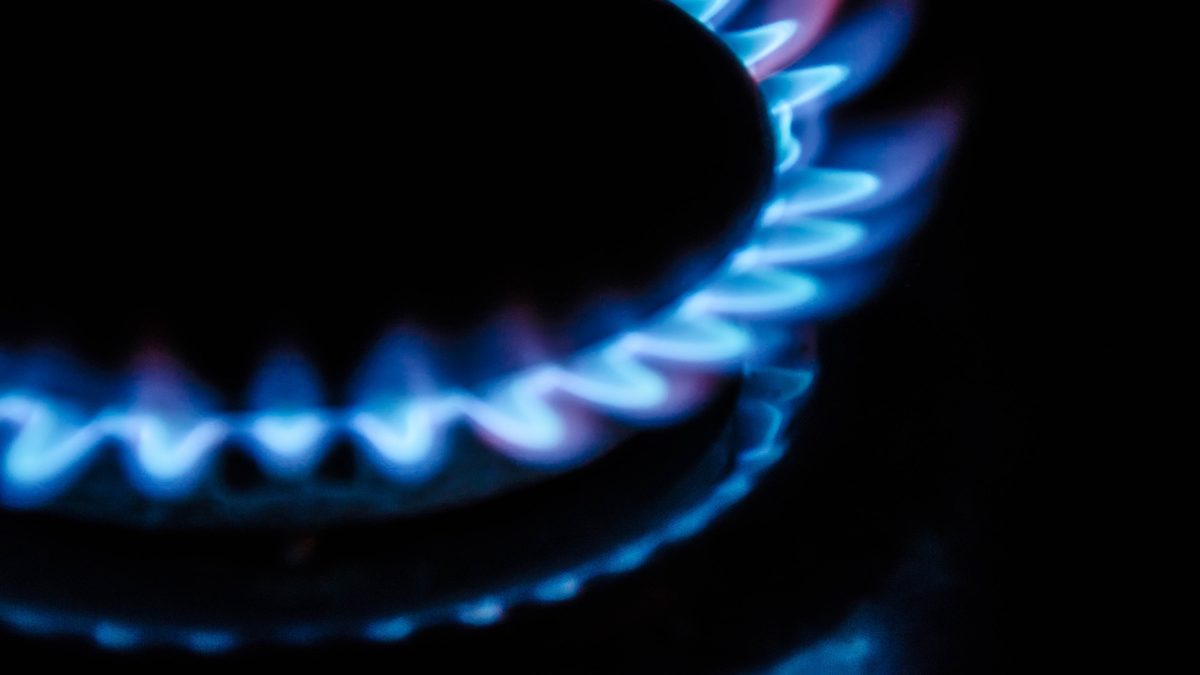First of all – what is natural gas? Natural gas is a hydrocarbon – mainly methane – that occurs organically in deposits deep below the earth’s surface. It can be harnessed and used as a source of energy in the residential, commercial, industrial and transportation sectors. Due to its chemical makeup, natural gas emits up to 60 percent less carbon dioxide (CO2) than coal when combusted to generate energy.
What can natural gas be used for?
Natural gas can generate energy for many different uses – primarily for electricity generation, domestic heat and cooking, and generating high temperatures for industrial processes. It can also be used as a feedstock for manufacturing chemical products and is a source of hydrogen, which emits no CO2 when burnt as fuel. This versatility contributed to global demand for natural gas increasing by 1.5 percent in 2019 compared to 2018, according to the International Energy Agency (IEA).
How can natural gas play a role in meeting Europe’s climate goals?
As Europe pursues increasingly ambitious targets for reducing carbon dioxide emissions, natural gas has an important contribution to make. That’s not just because of the emissions benefits of natural gas versus coal. Natural gas can be used to produce hydrogen, and also offers a partner to wind and solar power to help ensure that Europeans can be confident of a reliable lower carbon energy supply. In 2018, natural gas met around 21 percent of all energy needs in the EU.
So, what is Liquefied Natural Gas (LNG)?
Liquefied Natural Gas (LNG) is natural gas cooled down to the point where it turns into a liquid. LNG is a stable, non-toxic, non-corrosive liquid that can be transported easily and safely – making it possible to ship natural gas around the world in large tankers, reducing the need for long pipelines and allowing countries to import natural gas from numerous sources. Natural gas takes up much less volume as a liquid – allowing it to be shipped in enormous quantities.
Many LNG tanker ships are identifiable by distinctive bubble-shaped storage tanks.
LNG is generally turned back into a gas after arrival at its destination, so that it can be made available to supply the needs of local homes and businesses. Sometimes LNG and Compressed Natural Gas (CNG) are also used as a fuel for heavy-duty vehicles – such as trucks and buses and ships – as natural gas emits less CO2 than diesel or heavy fuel oil
Utilizing existing infrastructure
The infrastructure required for distributing and using natural gas already exists in Europe. Gas flows through a vast array of pipelines across the continent and LNG terminals for importing gas have evolved significantly in recent years. There are currently 36 LNG terminals operating in Europe, with a combined send-out capacity of around 241 billion cubic meters (bcm) per year – and further capacity is in development.

On Britain’s Atlantic coast, the South Hook LNG Terminal is capable of importing more than 20 percent of the UK’s natural gas needs, at a time when domestic supply is declining. The terminal boasts a fully integrated supply chain that stretches from the natural gas fields of Qatar in the Persian Gulf, to the coast of West Wales.
Energy security depends on diversity of energy supply and importing LNG greatly increases the sources of supply available. Globally, LNG trade is expected to meet nearly 20 percent of the world’s natural gas needs by 2040.
Complementing renewable energy
Generating renewable energy from wind turbines and solar panels will play an increasingly important role in reducing carbon emissions – and natural gas is a complementary source of energy to these methods of generation.
Solar panels and wind turbines generate electricity during certain weather conditions, while natural gas can provide a consistent and reliable source of energy to complement the inherent intermittency of renewables and help meet the overall demand for electricity. The predictable flow of energy provided by natural gas also supports other ancillary grid services – like frequency regulation.
Natural gas: supporting the energy transition and reducing CO2 emissions
As Europe continues to move away from a reliance on coal-based power generation, natural gas is an increasingly vital part of Europe’s energy mix.
Furthermore, lower-carbon gas solutions (such as hydrogen) are expected to play an essential role in helping the EU achieve its ambition of net climate neutrality by 2050. When combined with Carbon Capture and Storage (CCS), natural gas is a cost-effective way to produce hydrogen as a carbon-free energy carrier.
Natural gas can provide energy to homes, businesses and heavy industry – and with considerable infrastructure already servicing Europe, it offers a solution that is already deployed at scale.




